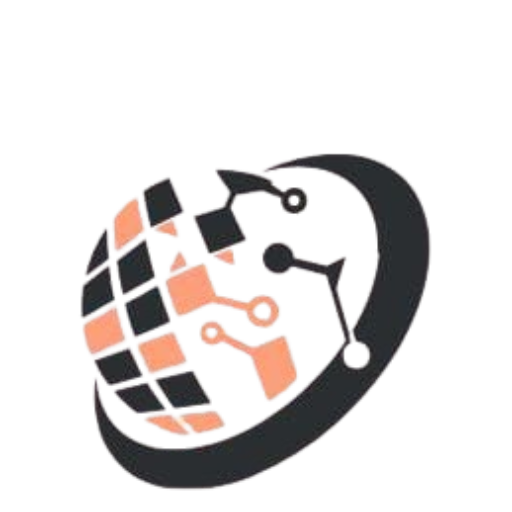3D printing, also known as additive manufacturing, is a process that creates three-dimensional objects from a digital file. It involves adding material layer by layer to build the final product, allowing for complex shapes and structures that traditional manufacturing methods may not achieve.
Key Technologies in 3D Printing
- Fused Deposition Modeling (FDM):
~ The most common 3D printing technology.
~ Involves melting thermoplastic filament and extruding it through a nozzle to build layers.
~ Widely used for prototyping and hobbyist projects.
~ Materials: PLA, ABS, PETG, TPU.
- Stereolithography (SLA):
~ Utilizes a laser to cure liquid resin into solid plastic.
~ Offers high precision and smooth surface finishes, making it ideal for detailed models.
~ Materials: Photopolymer resins.
- Selective Laser Sintering (SLS):
~ Uses a laser to fuse powdered material (usually nylon or metal) layer by layer.
~ Suitable for creating complex geometries and functional parts.
~ Materials: Nylon, metals, ceramics.
4.Digital Light Processing (DLP):
~ Similar to SLA but uses a digital light projector to cure resin.
~ Faster than SLA as it can cure an entire layer at once.
~ Materials: Photopolymer resins.
- Binder Jetting:
~ Involves depositing a binding agent onto layers of powder material.
~ Can produce full-color models and is often used for sand casting and metal parts.
~ Materials: Metal powders, sand, ceramics.
Applications of 3D Printing
- Prototyping:
~ Rapid prototyping allows designers to create and test models quickly and cost-effectively.
~ Used in industries such as automotive, aerospace, and consumer products.
- Manufacturing:
~ Production of custom parts and components for various industries.
~ Enables on-demand manufacturing, reducing inventory costs.
3.Healthcare:
~ Creation of custom prosthetics, dental implants, and surgical models.
~ Bioprinting is an emerging field focusing on printing tissues and organs.
4.Architecture and Construction:
~ 3D printing can create architectural models and even entire buildings using concrete.
~ Reduces material waste and construction time.
- Education:
~ Used in schools and universities for hands-on learning in design, engineering, and art.
~ Provides students with practical experience in modern manufacturing techniques.
- Art and Design:
~ Artists and designers use 3D printing to create intricate sculptures and installations.
~ Allows for innovative designs that would be difficult to achieve with traditional methods.
Advantages of 3D Printing
- Customization: Products can be tailored to specific requirements without significant cost increases.
- Reduced Waste: Additive manufacturing uses only the material needed for the part, minimizing waste compared to subtractive methods.
- Complex Geometries: Enables the creation of complex shapes and internal structures that are challenging to produce with traditional techniques.
- Speed: Rapid prototyping and production can significantly shorten development cycles.
- Cost-Effectiveness: Lower costs for small production runs, making it feasible for startups and small businesses.
Challenges and Limitations
- Material Limitations: Not all materials can be used in 3D printing, and some may not have the required strength or durability.
- Surface Finish: Parts may require post-processing to achieve desired surface quality.
- Speed for Large Production: While 3D printing is fast for prototypes, it can be slower than traditional methods for mass production.
- Intellectual Property Concerns: The ease of copying designs raises issues regarding patents and copyrights.
Future of 3D Printing
- Material Innovations: Development of new materials, including metals, ceramics, and bio-materials, will expand applications.
- Bioprinting: Advancements in printing living tissues and organs for medical applications.
- Sustainability: Increased focus on recycling materials and using biodegradable filaments.
- Integration with AI and Robotics: Enhanced automation and design capabilities through AI-driven design software and robotic systems.
5.Widespread Adoption: Growth in industries such as aerospace, automotive, and healthcare, leading to broader acceptance and integration into supply chains.
Conclusion
3D printing is a transformative technology that has revolutionized manufacturing, design, and various other fields. Its ability to create complex, customized products quickly and efficiently makes it a vital tool for innovation in the modern world. As advancements continue, the potential applications and impact of 3D printing are expected to grow significantly.



